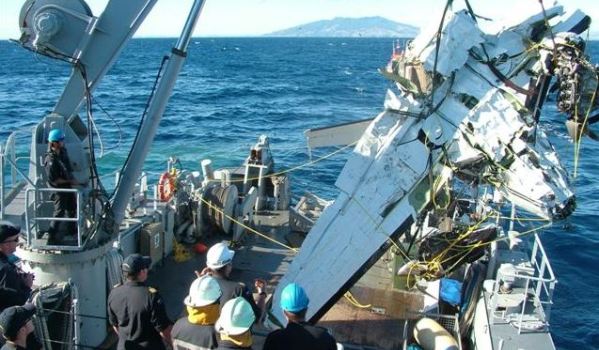Media Release: Civil Aviation Authority, 27 June 2016
Hertz plane crash report released
On the Easter long weekend in 2013 a fatal aircraft accident off the coast of Raglan involving a New Zealand based American executive and his wife sparked one of the most complex aviation safety investigations in recent times. The findings of the safety investigation have not identified a single cause of the accident but a series of contributing factors.

The investigation report concluded that the accident occurred because the aircraft, flown by Eric Hertz departed controlled flight and entered a spin from which it did not recover. The departure from controlled flight occurred because the aircraft’s airspeed decreased to a point where control of the aircraft could not be maintained. The fatal accident occurred approximately 12.20 pm on Saturday 30 March 2013.
Dan Foley, Safety Investigator in charge and author of the final report says “This was one of the most extensive and high-profile aviation safety investigations undertaken by CAA in recent years. It involved more than 2000 hours work with the CAA’s three most senior safety investigators.”
“The investigation was extraordinarily complex from day one with a major recovery operation required involving Raglan Coastguard (Gallagher Rescue), Police and Navy divers and use of the Navy’s specialist dive vessel, the HMNZS Manawanu, complete with a crew of 40 people for ten days. The wreckage was submerged on the ocean floor 56 metres below the surface.” Mr Foley said.
Experts from Continental motors and aircraft manufacturer Beechcraft came over from the US to assist the New Zealand investigators. Engine parts and components were sent to the US for testing and the US Federal Aviation Administration (FAA) and National Transportation Safety Board (NTSB) were also involved due to the International nature of the aircraft and pilot registration – both current in the United States.
Mr Foley continued “The CAA acknowledges the support of those who were involved in the recovery and subsequent, long and detailed safety investigation. The international aviation community showed its unrelenting and vigorous commitment to aviation safety; something that the CAA is proud to be part of.”
Highlights from the report:
- The CAA could not conclusively establish what caused the aircraft’s airspeed to decrease to the point from which the departure from controlled flight occurred. However, it is considered most likely that the pilot experienced a reduction in power or power loss from the aircraft’s left engine.
- It appears that the pilot knowingly did not disclose to the FAA or the CAA that he had been diagnosed with Generalised Anxiety Disorder (GAD) or Major Depressive Disorder (MDD), or that he was taking medication to treat that diagnosis. The CAA has not suggested this was the cause of the accident.
- Had the pilot declared the diagnosis of GAD or MDD, or the medication that he was taking for this condition, neither the FAA nor the CAA would likely have issued him with a medical certificate, meaning he would not be allowed to fly in either New Zealand or America.
- There is limited oversight of permanently based, privately operated, foreign registered aircraft in New Zealand.
- The safety investigation was able to determine the active failure in the accident sequence, i.e. the aircraft departed controlled flight and entered a spin from which it did not recover, and also identify a number of safety actions. The CAA is satisfied that significant safety lessons arising from the accident have been identified, with the investigation being concluded on that basis.
Safety actions
- CAA Safety Action (CAA 14A1468) has been raised bringing the inconsistent manufacturing and production of the turbocharger induction inlet ducting to the attention of the FAA.
- CAA Safety Action (CAA 14A1466) has been raised bringing the observation, to the attention of the FAA, that the manufacturers testing regime may not fully replicate the operating environment to which a turbocharger induction inlet ducting may be exposed.
- CAA Safety Action (CAA 14A1467) has been raised, bringing the lack of clarity in the STC instructions to the attention of the FAA.
- CAA Safety Action (CAA 14A1514) has been raised recommending that the CAA undertake an issue assessment to review the current situation regarding privately owned foreign registered aircraft operating semi-permanently in New Zealand.

